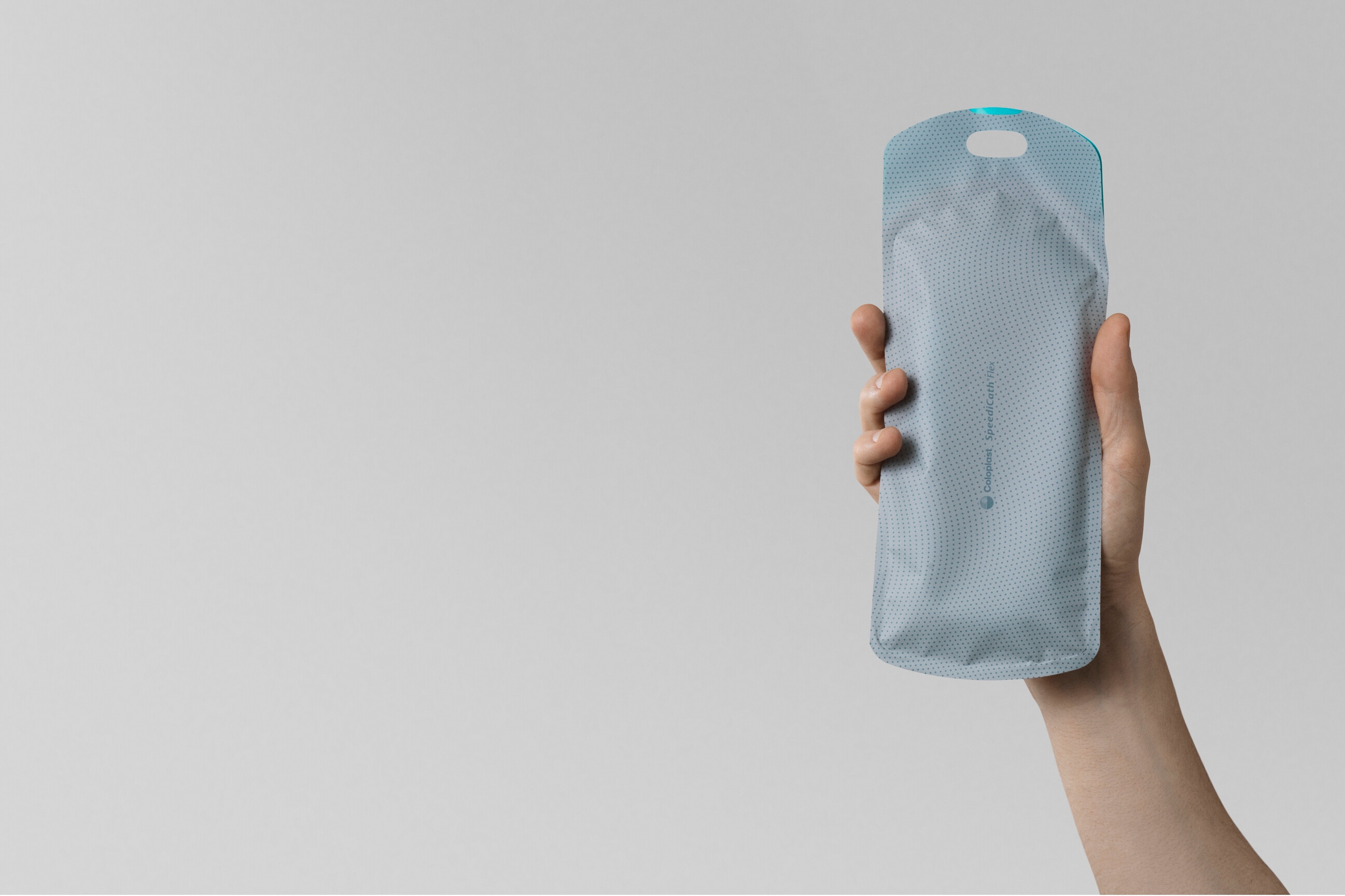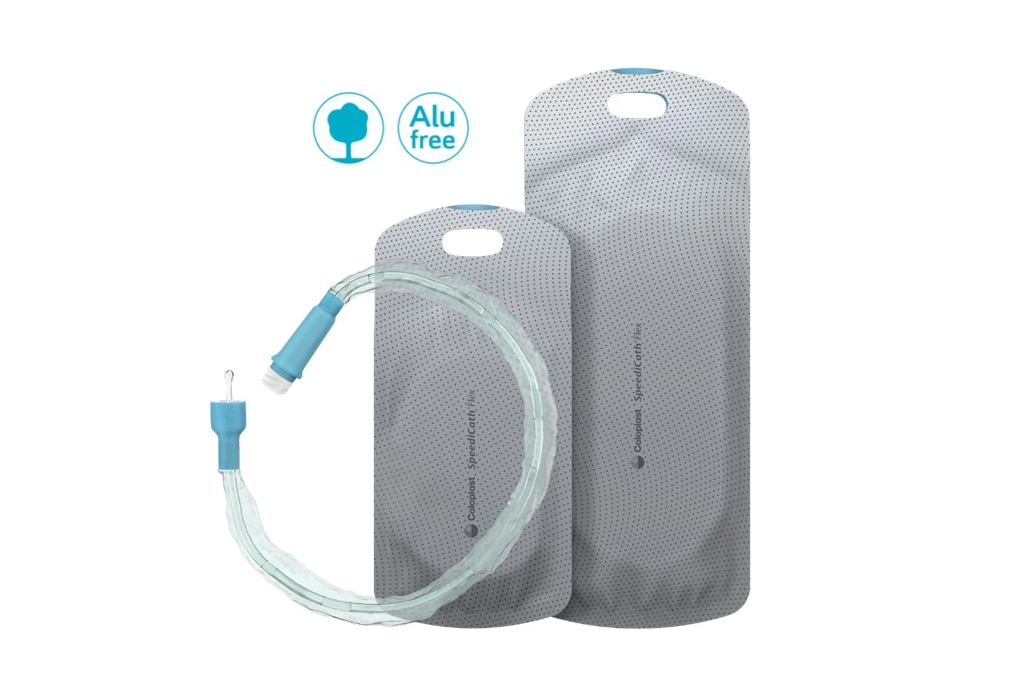
Renewable and recyclable packaging
Coloplast incorporates environmental performance when developing new products, focusing on designing our products and packaging to be recyclable and made of renewable materials.
Our ambition is that by 2025, 90% of our packaging is recyclable and 80% consists of renewable materials. Today, 72% is recyclable and 66% consists of renewable materials.
Our retail boxes and shipper boxes (secondary and tertiary packaging) already consist of renewable materials and are recyclable, and majority of these materials are FSC-certified. In other words, these materials come from sustainable forestry.
The primary packaging for our products often provides key functionalities such as usability and sterility to the products. Therefore, we rarely find plug-and-play alternatives to our primary packaging. Instead, we have to develop more sustainable alternatives.
We have initiated several projects to make our primary packaging more sustainable in the future. For example, we have initiated projects aiming to develop more sustainable primary packaging for our intermittent catheters . These catheters currently have packaging with limited recycling potential because of the complex material structures, which are needed to ensure product sterility and shelf life. Our purpose is to make this packaging more recyclable without compromising on the functionalities. While this work is complex, we expect a significant positive contribution to the environmental performance of these products, which makes it worth the effort.
Minimizing packaging
Reducing environmental impact from products is limited due to regulations and product quality. However, there are more possibilities when it comes to packaging. Therefore, Coloplast is starting by eliminating unnecessary packaging, using materials with less impact, and designing our packaging to be recyclable.
Coloplast has targets to increase the share of recyclable packaging to 90% by 2025 as well as increasing the share of renewable materials in packaging to 80%.

Reducing environmental impact from SpeediCath® Flex
Other ways to improve the environmental impact from products include switching to materials with less environmental impacts. Coloplast has launched an updated version of SpeediCath® Flex with new packaging that contains no aluminium. This reduces the product’s carbon footprint by up to 16%. In addition, SpeediCath® Flex is free from PVC and phthalates.
